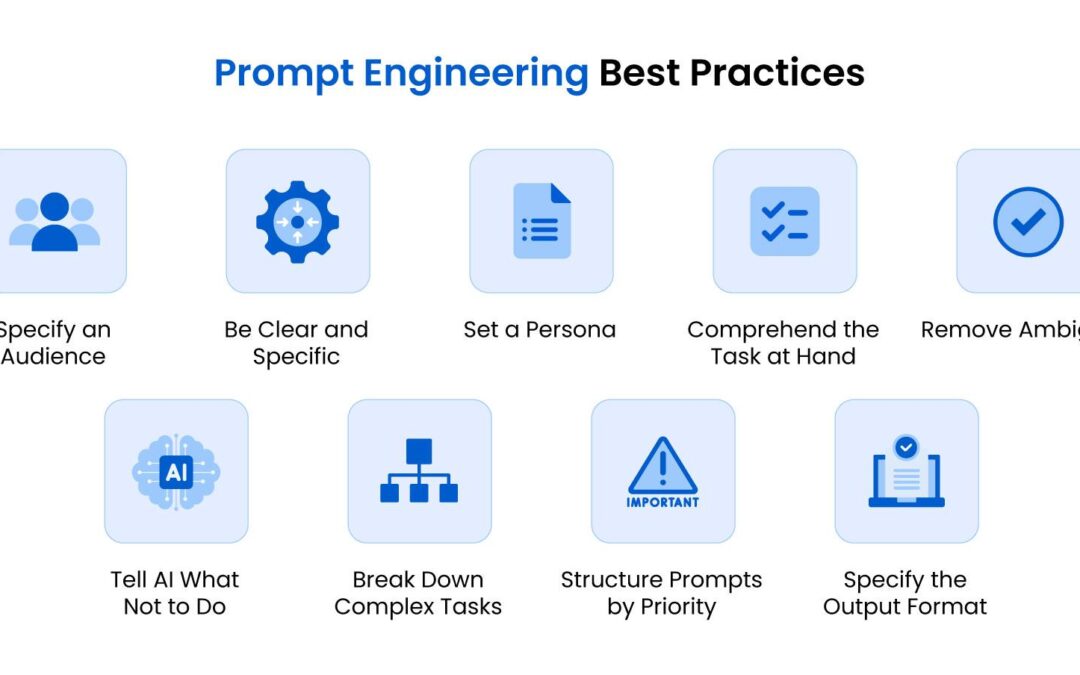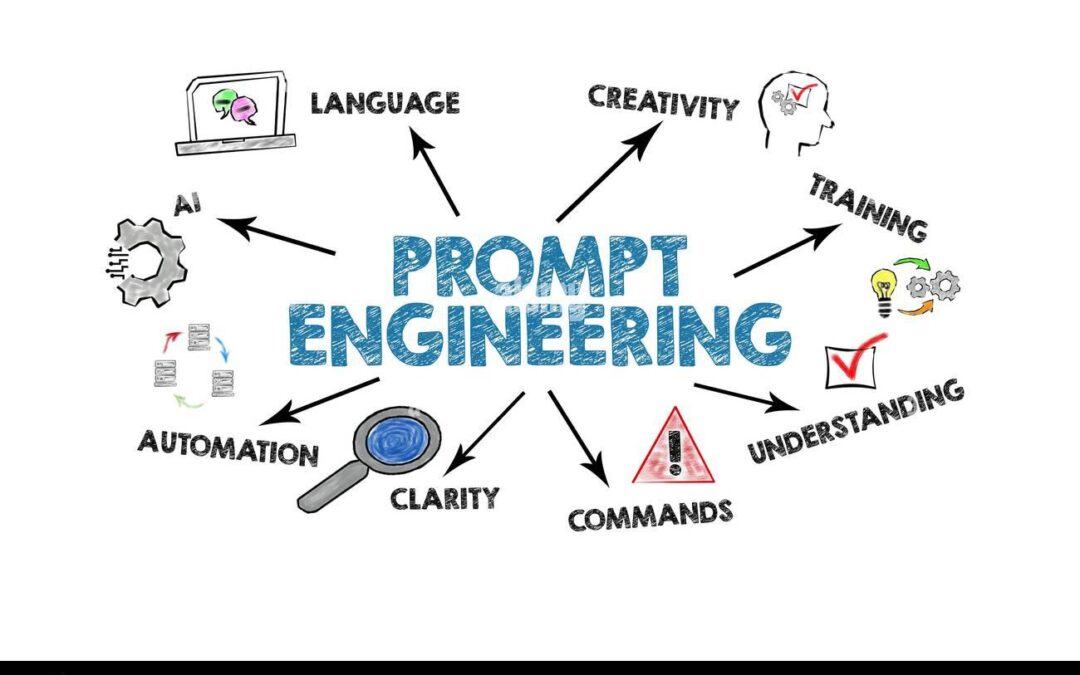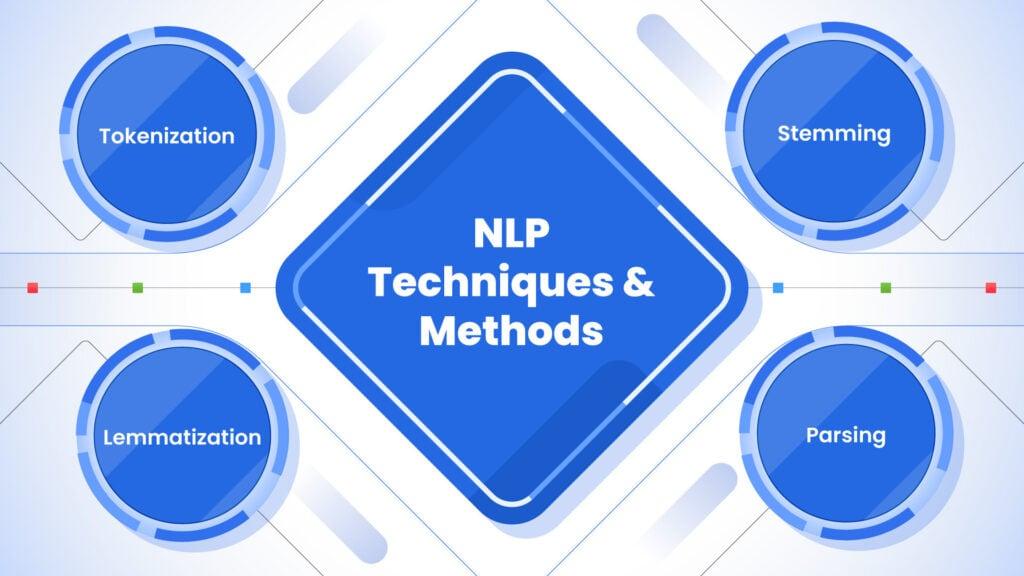Prompt Engineering

Tricks of the AI Ninjas: The simple method for novices to level up their AI outcomes
Sure, here’s a short excerpt for the article:
“Welcome to the world of AI Ninjas! If you’re looking to level up your AI results, you’re in the right place. We’re about to dive into the secrets of prompt engineering, the unsung hero of AI effectiveness. Whether you’re a developer, a content creator, or just an AI enthusiast, mastering the art of crafting precise and effective prompts can be a game-changer. So, let’s get started and unlock the full potential of AI models together!”
In this article, we’ll break down key techniques such as:
- Prompt Structure: The backbone of your AI command. We’ll explore how to structure your prompts for maximum clarity and effectiveness.
- Specificity: The secret sauce to getting exactly what you want from your AI. We’ll show you how to be specific without overcomplicating your prompts.
- Context-Setting: The key to guiding your AI’s responses. We’ll demonstrate how to set the right context for any scenario.
Stay tuned for real-world examples that bring these techniques to life, and step-by-step guidance to help you become an AI Ninja in no time!

AI Zero to hero day 10
Welcome to Day 10 of our “AI Zero to Hero” series! Today, we’re diving into the fascinating world of prompt engineering. This is the art of crafting precise instructions that guide AI language models to generate the content you need. Whether you’re an AI developer, a content creator, or a business professional, mastering prompt engineering can supercharge your AI-powered projects.
Let’s start with the basics. A prompt is a set of instructions that you give to an AI model. It’s like asking a question to a super-smart, super-fast colleague who can generate text on any topic. The trick is asking the right question in the right way.
Here are some key techniques to keep in mind:
- Prompt Structure: The way you structure your prompt can greatly influence the AI’s response. For instance, if you’re looking for a detailed answer, you might start your prompt with “Explain in detail…”.
- Specificity: The more specific your prompt, the more targeted the AI’s response will be. Instead of asking “What is climate change?”, you could ask “What are the main causes of climate change according to recent scientific studies?”.
- Context-Setting: Providing context can help the AI generate more relevant and accurate content. For example, if you’re asking for a recipe, you might specify “a vegan, gluten-free recipe for chocolate cake”.
Now, let’s see these techniques in action with some real-world examples…

NLP in need, timely engineering oversupplied
“NLP in Demand, Prompt Engineering Oversupplied”
In the world of AI, there’s a fascinating paradox unfolding. As Natural Language Processing (NLP) skyrockets in demand, we’re seeing an oversupply of prompt engineering. But what does this mean for you?
Prompt Engineering: The Unsung Hero of AI
Prompt engineering is the art of crafting precise instructions to guide AI models. It’s like giving a GPS the exact coordinates to reach a destination. But instead of guiding a car, you’re directing an AI model to generate the content you need.
Why the Oversupply?
With the rise of NLP, more people are experimenting with prompts. This has led to a surplus of prompts, but not all are effective. Crafting a good prompt is like baking a cake – you need the right ingredients in the right proportions.
Making the Most of Your Prompts
Here’s how you can optimize your prompts:
- Be Specific: The more specific your prompt, the better the AI’s response. Instead of “Write a blog post,” try “Write a 500-word blog post about the benefits of yoga for stress relief.”
- Set the Context: Give the AI some background. For example, “As a professional chef with 10 years of experience, write a recipe for a vegan chocolate cake.”
- Experiment: Don’t be afraid to tweak your prompts and try different approaches.
Stay tuned for more insights on prompt engineering and how to harness its power in the world of NLP. Happy prompting!